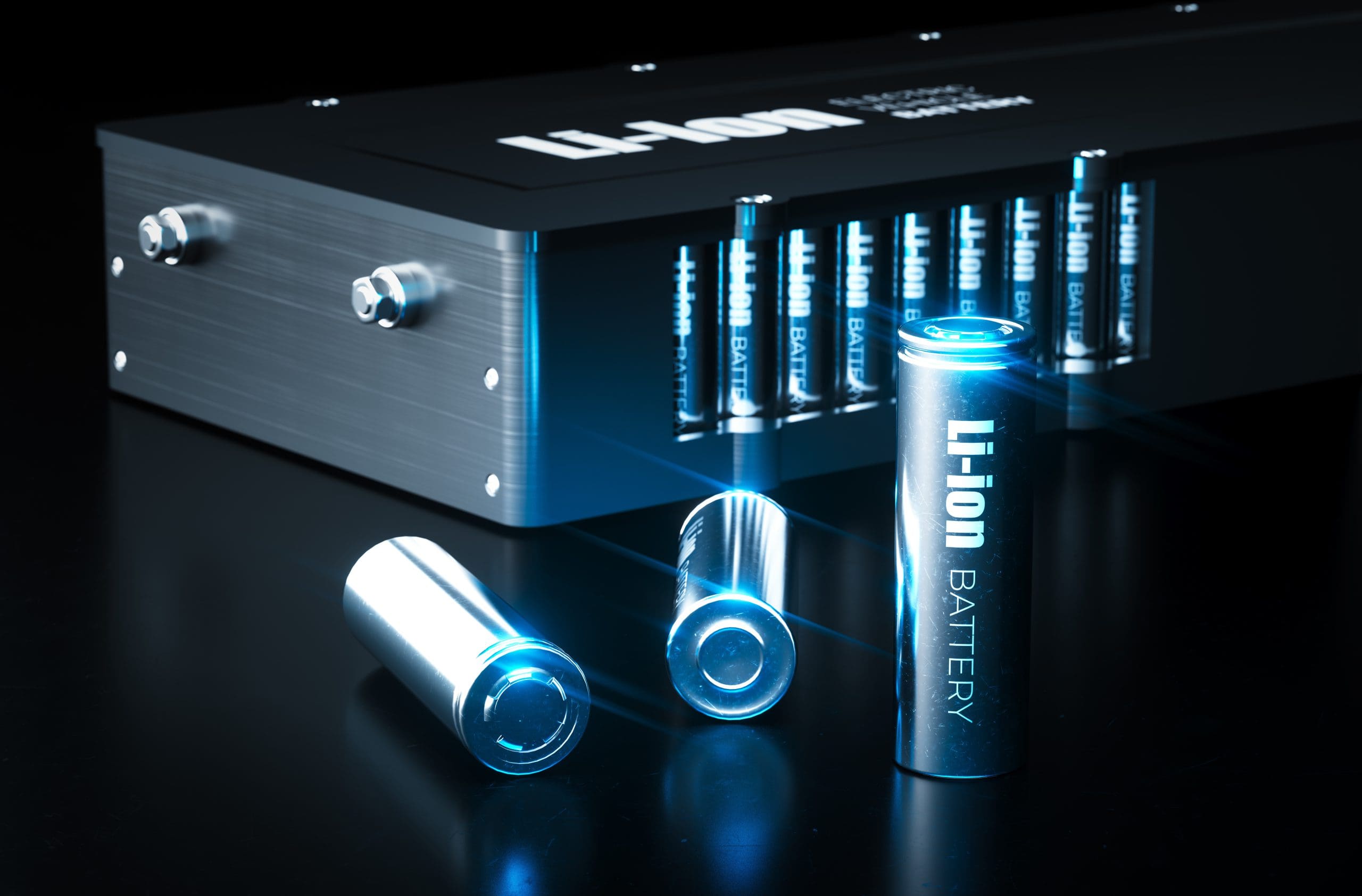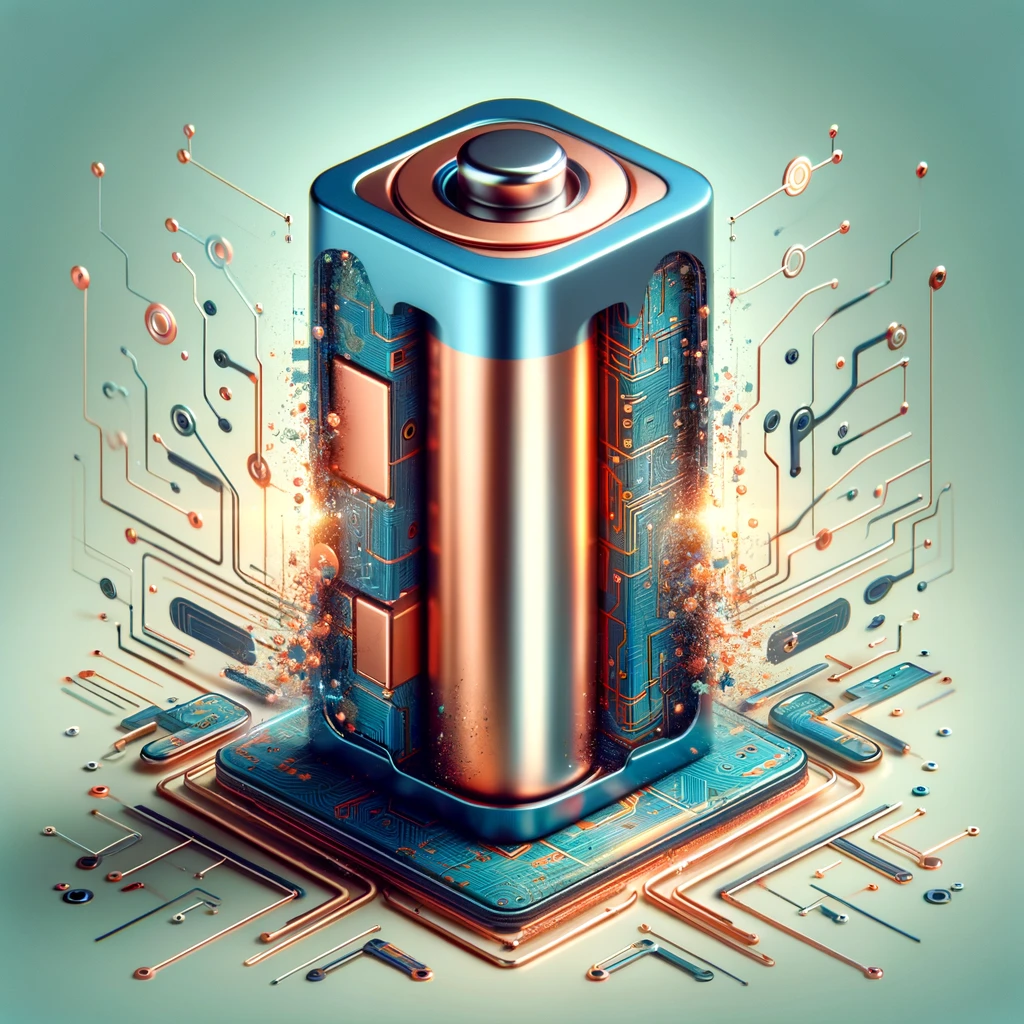As the world accelerates towards a sustainable future driven by electric vehicles (EVs) and renewable energy, the importance of copper foil in lithium-ion battery technology cannot be overstated. This article explores the vital role of copper foil in the EV industry and its impact on the future of renewable energy storage.
Understanding the Fundamentals of Copper Foil in Lithium-Ion Batteries
Copper foil serves as a current collector in lithium-ion batteries, acting as a substrate for the anode active material. The quality and properties of this foil directly influence the battery’s performance, longevity, and safety. Key characteristics of copper foil include:
- High Electrical Conductivity: Copper foil’s excellent conductivity enables efficient electron flow, facilitating rapid charging and discharging of the battery.
- Mechanical Flexibility: The flexibility of copper foil allows it to adapt to various battery designs and withstand the stresses of repeated charging cycles.
- Thermal Stability: Copper foil’s ability to endure high temperatures is crucial for managing the heat generated during battery operation.
Copper Foil: Driving the Electric Vehicle Revolution
In the context of EV batteries, copper foil plays a critical role in enhancing performance and ensuring longevity:
- Faster Charging: The high conductivity of copper foil enables faster charging times, a key factor in the widespread adoption of EVs.
- Extended Range: Efficient electron flow facilitated by copper foil contributes to improved battery capacity, translating to longer driving ranges for EVs.
- Durability: The robust nature of copper foil helps EV batteries withstand numerous charging cycles, extending their lifespan and reducing the need for frequent replacements.
The Significance of Copper Foil in Renewable Energy Storage
Beyond its application in EVs, copper foil is also vital in the storage of renewable energy:
- Large-Scale Energy Storage: Copper foil is a key component in lithium-ion battery systems used for storing solar and wind energy on a grid scale.
- Efficient Energy Management: The conductivity and thermal stability of copper foil ensure efficient energy transfer and heat management in renewable energy storage systems.
- Sustainable Future: As the world shifts towards greener energy sources, the demand for copper foil in energy storage solutions is expected to grow significantly.
Real-World Applications and Innovations
Leading companies and researchers are leveraging the potential of copper foil in lithium-ion batteries:
- Tesla’s Advanced Battery Design: Tesla utilizes high-quality copper foil in their EV batteries to achieve superior performance and range.
- Copper Foil for Renewable Energy: Companies are developing specialized copper foil solutions for large-scale renewable energy storage systems.
- Research and Development: Ongoing research aims to further enhance the properties and manufacturing processes of copper foil for improved battery performance.
The Future is Electric, and Copper Foil is Leading the Charge
In conclusion, copper foil may often be overlooked, but its role in lithium-ion battery technology and the transition to a sustainable future is paramount. From powering electric vehicles to enabling the storage of renewable energy, copper foil is a critical component in the global shift towards cleaner energy solutions.
As the demand for EVs and renewable energy storage continues to surge, the importance of copper foil will only continue to grow. Manufacturers and researchers who recognize the potential of this unsung hero and invest in its development will be at the forefront of the sustainable energy revolution.



